Roll For Insight: Forging A D&D World
March 1, 2019 by brennon
When the world was cold and dark the Titan Gods took their hammers to the anvils of the void. With the great beating of hammers and the heat from the heart of a star, the world of Belanaramir was formed and moulded into a place for the lesser races.
Only kidding. I was sitting trying to come up with great ideas for a roleplaying world and just scrawled a few letters down onto a page. The name Belanaramir came to life and with it the idea of a Fantasy world where there are dark shadows in every corner cloaking secret ominous threats.
In a bid to create a living and breathing world to roleplay in with friends I might have at some points bitten off more than I could chew, but here in this particular article, I’m going to be talking about some of the lessons I’ve learned alongside a few tips too on starting out.
Just a note before we begin. World creation is not something with right and wrong answers. You can do whatever you like, and this is just my take on it and what I’ve learned from the process.
Less Is More
One of the first things I learned was that you can come up with a skeleton for a world without having to attach the muscles, organs and all the other bits and pieces. Having a rough landscape to build upon with a broad history for the goings on and the lifestyles for the everyday citizens is more than enough, to begin with.
When it came to Belanaramir I wanted to understand the major world event which made it what it was today. This was The Great Divide, pitting Magic against Divinity and a resulting Cataclysm that came from their struggles against each other.
The power vacuum created within the story was enough for me to then establish the main foe for the overarching story, namely a Necromancer Elf named Devos. From here came the notion that he has rarely been seen in past years, working through his underlings. They then formed the basis for some of their lesser foes the players might meet along their travels and also enabled me to have a dark presence in the world without having to resort to dropping Devos into everything they did.
With this dark influence seeded into everything happening within the world it offers up the chance for the players to experience a regular Fantasy-style campaign but with the added notion that what they’re doing might be affecting the overall story, or their exploits might end up drawing unwanted attention as they rise in fame.
Very few campaigns ever find their way to what could be known as ‘Paragon’ or ‘Epic’ level (anything over Level 10 pretty much) so putting too much effort into these larger characters is a fool's errand. Instead, spend your time focusing on how they affect everyday life and what this might mean for the average adventurer.
Sowing The Seeds & Cooperative Storytelling
In the case of my world, Belenaramir, this is done by enforcing a few interesting aspects of the world that would be noticed immediately by the players.
- Humans are rare if not entirely unknown amongst the populace
- Elves are the most populous race owing to their lineage and links to Devos
- Monstrous races are not an uncommon site amongst the regular folk, a sign that the lines are blurred within this world
- Magic is prevalent and is used for a variety of things like powering lights and systems within cities through to transport
- The law is dealt out by those loyal to Devos, not some self-appointed law service within each town. Wherever the adventurers go, someone knows someone who has been taken by them or ended up on the wrong side of the law
Mix this in with stories that you tell in taverns and the look and style of certain environments that you set up gives you enough to work with and has the players knowing enough about the world their characters grew up in without having all of the information to hand.
This is also where you can draw on cooperative storytelling to help you build certain aspects of the world. Each player will have a cool backstory they want to see brought to life on the tabletop and if that’s the case they may want to tell you about their hometown, their family and friends and what events caused them to become an adventurer.
Use this, don’t discard it. Take it on board and work it into your world, filling in the blanks and slowly but surely building something that your players have had a hand in. If they have a sense of ownership over parts of your world they are more likely to keep wanting to come back to the table, finding out where these story threads lead.
A Taste Of The Wider World
One thing you will want to do is establish where the main portion of your game is going to begin. For me, I had three distinct areas of the world. The Broken Lands are an area inspired by Middle-eastern architecture and also the frontiers of the Wild West. They are a lawless place filled with monsters and the perfect breeding ground for adventures.
By comparison, the Crystal Reef is a lush jungle landscape and entirely different place in theme and aesthetic. No world should be like those from Star Wars where the entire place is seemingly just one biome! That’s not how worlds work Lucas…
The third area of the world is the Drakwold and The Chained Wolves, a place where Devos calls home and the central hub of activity in the world of Belenaramir with a distinctly European theme.
Here you can immediately see three different locations, each with a variety of themes. Since what we’re trying to achieve here is to give you a rich starting point for telling stories you can simply look at your players and find out what kind of sandbox they want to play in.
If they choose Drakwold, for example, they’ve got a perfect starting point for general adventures they’re familiar with but they’ll most likely always be wondering just what The Crystal Reef and The Broken Lands look like, making it perfect for laying the seeds for future endeavours. The same goes for whichever area of the world you might have picked.
Something To Care About
As I mentioned, one of the key things is creating something for the players to care about. You need them to want to hang out with each other in character and you want them to have a driving force putting them towards the same goal. There’s nothing worse than characters who end up wanting to go off in different directions...it’s a pain in the ass and it really puts a downer on a campaign.
So, in my campaign, I’ve worked on a guild that the players can be a part of, a little like the French Foreign Legion. The Guild Of The Shattered Sword is a group that I’ll go into more detail on in the future but it allows everyone, whether they are good, neutral, chaotic of perhaps evil, to find a place to call their home.
The players will have ranks, a home base, characters they have come to know and love (hopefully) but most importantly someone giving them a cause and a reason to go on each of their quests.
I like open sandbox games but you also need to railroad sometimes otherwise your players will spend five hours shopping. Warhammer 40,000: Deathwatch and Werewolf: The Apocalypse/Forsaken are key examples of games which urge you to stick together and follow the guidelines of someone more powerful than yourself. In Deathwatch it's the Chapter Masters and in Werewolf it’s your elders and the sense that you’re part of a pack.
Once you have this focusing their attention you’ll find that the players will gel together. This is where you let them off the chain, a little bit like a level in the Hitman video game. They have an objective and something to do, but how they get to it is entirely up to them.
What’s Next?
There’s plenty more I’ve learned in my time as a Dungeon Master including lots of mistakes and much more. Hopefully, with what I’m planning here we’ll be able to address that and perhaps give you a few tips too. Failure is just a part of learning.
For now, though we’re going to delve deeper into world-building over the next couple of instalments, talking about setting up quests and bringing the party together for the first steps down into dark dungeons against monstrous foes.
Art by Gabriele Nicastro, Raphaëlle Deslandes, Jonathan Acosta, Stanislav Dikolenko, Lap Pun Cheung
What are some of your world building tips?
"World creation is not something with right and wrong answers..."
Supported by (Turn Off)
Supported by (Turn Off)
"...can come up with a skeleton for a world without having to attach the muscles, organs and all the other bits and pieces"
Supported by (Turn Off)































![TerrainFest 2024 Begins! Build Terrain With OnTableTop & Win A £300 Prize! [Extended!]](https://images.beastsofwar.com/2024/10/TerrainFEST-2024-Social-Media-Post-Square-225-127.jpg)









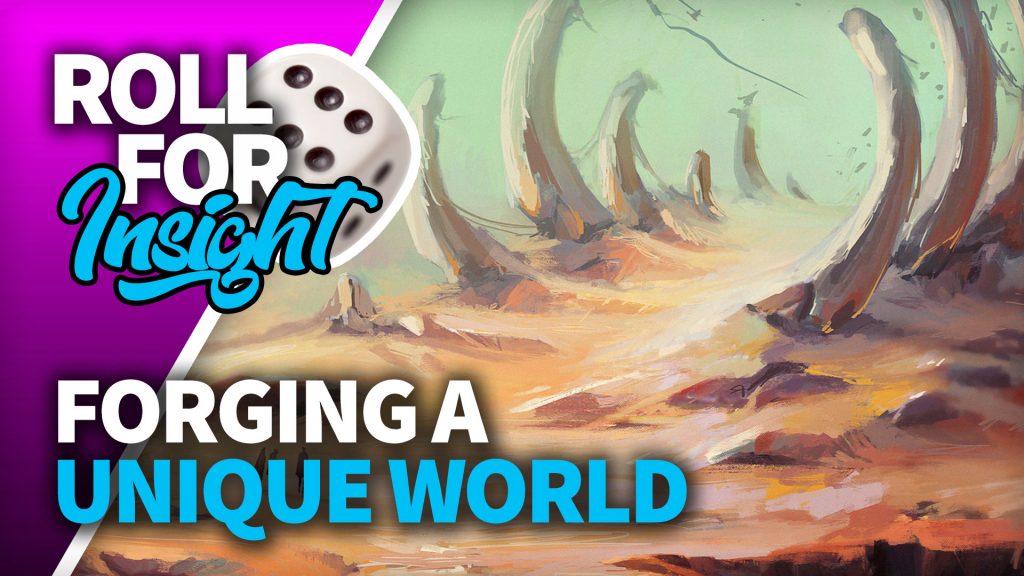
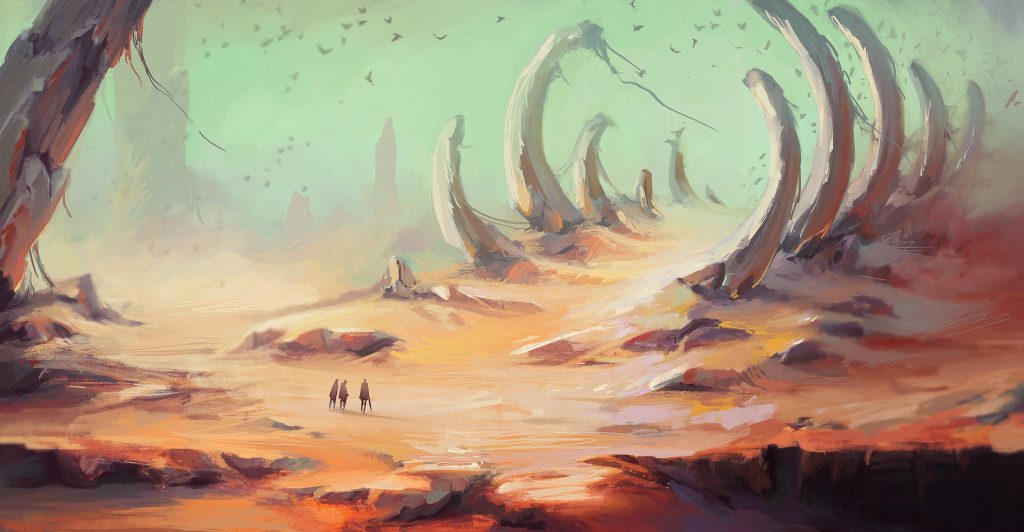

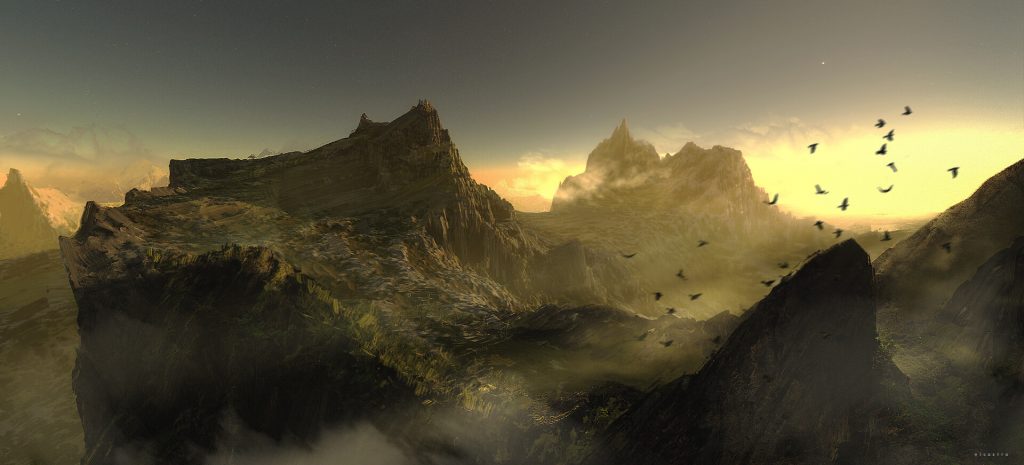
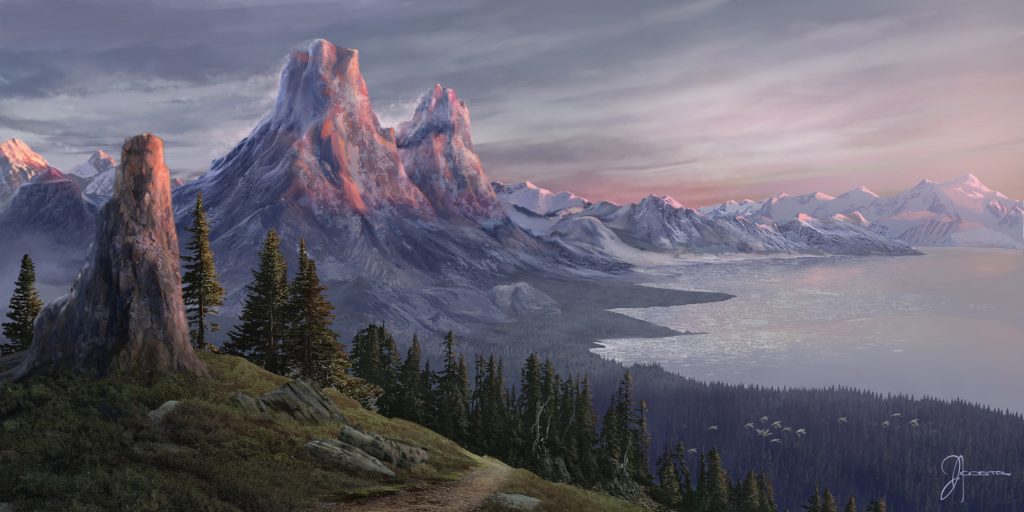
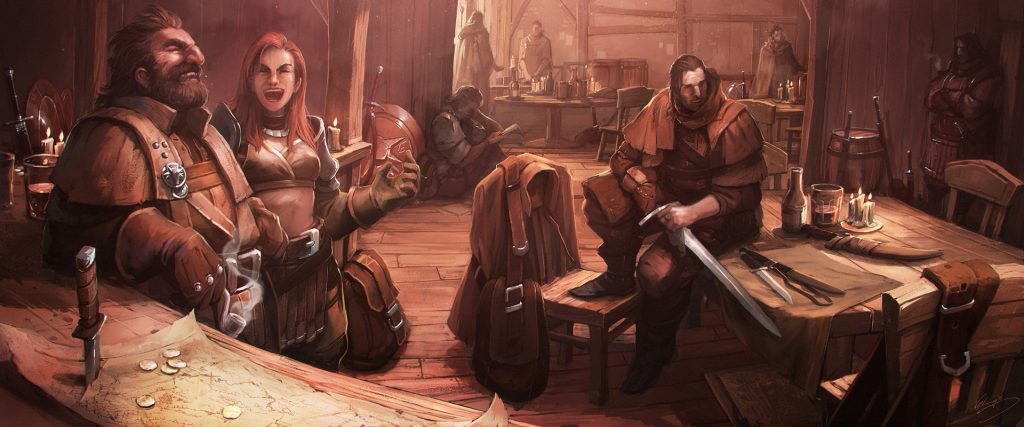


































You need a name for your world that is easier to pronounce… or your players will shorten it themselves… and in my experience that will not end well…
Brace yourself for it being called ‘Bananaland’ or worse… ‘Bell… something’ 🙂
But other than that… interesting piece…
I have thought of thst. The colloquial term for the planet is ‘Nara 🙂
Maybe your players better behaved. I would have just gone with the short name… or something bland like…. Middle Earth… it worked for Mr Tolkien 🙂
So world is Nara and place were things happen is Belanaramir just like world that Tolkien created is Arda and place were things take place is Middle-Earth. That’s interesting. But it also brings questions about rest of Nara. It’s like in movie like Terminator were post-apocalyptic future scenes take place in North America while ignoring rest of world.
So far the major continents/places of the world have been worked out. Belanaramir consists of that larger continent in the middle, home to Drakwold and the mountains in the North which lead to expansive plains. To the East, you have The Broken Lands which consist of a massive landmass which is effectively a magically radioactive wasteland right now. The only central locus of civilisation there is Geldhaven which sits on the coast, everything else is effectively like a much sunnier Chaos Wastes from Warhammer. The West then consists of the broken island that make up The Crystal Reef which takes… Read more »
Hah yeah, I did think about that but I liked that the name almost felt like a spell or incantation, as if it was summoning something into existence. But, ‘Nara will work for the general populace.
I think Drakwold would be a no go area at the start as the centre of power you need to build up the party to survive the trouble by quests around the other sectors picking up skills/info useful down the line on difficult quests or entering the capital.
Well, that’s the thing. The Crystal Reef is effectively pretty lawless when not within one of the towns set atop the islands where the Bloodseek reside. So, it’s rife for adventure. The Broken Lands have Geldhaven which is a good focal point for adventurers but the utterly chaotic wasteland beyond the walls is maybe something players will need to level up in order to explore. Drakwold is very much like The Crystal Reef in that when you get close to the centres of power, it’s more dangerous for those that want to make a name for themselves. However, if you… Read more »
This certainty sounds like the making of a good gaming world Ben.
‘Geldhaven’ … that sounds like it could be a Dutch word for ‘money harbour’
Not an odd name for a colony in an untamed region of a world as there’s bound to be a lot of money to be had by exploring/exploiting its riches.
‘Drakworld’ … ‘Drak’ reminds me of ‘Draak’ (Dragon). Or was it intended to be ‘Dark’ ?
Which rules are you using? D&D5?
One thing to keep in mind… During the first adventure you need to give the party a reason to stay together afterwards. Just being adventurers is not enough.
That’s what the Guild of the Shattered Sword I mentioned is all about and I also get group members to give me one person in the party they are linked to in some way, helping to build that bond.
Currently using D&D but also looking at Savage Worlds and another game called The Deep Dark too.
I have Savage World Explorers, but never used it. It’s one of those systems where you have build a dice pool and with some of my players I’d end up telling them which dice to use and that’s more work for the GM (me) than I want to deal with…
Same reason why Marvel Heroic RPG is sitting on a shelf… which is a pity with the popularity of Avengers at moment…
Never heard of Deep Dark… who does that?
I’ve found Savage Worlds very easy to play. Good for lots of different styles of game.
Deep Dark was on Kickstarter but now available from https://www.drivethrurpg.com/product/253690/The-Deep-Dark
It takes classic dungeon delving, adds in some new mechanics and has you feeling like a proper dungeon explorer.
Had a look at the Deep Dark preview which details the basic mechanics and it looks interesting, but the preview doesn’t reveal enough.
I’d be interested in your opinion on the system as a whole, perhaps do a review of it for BoW.
And on the plus side, 64 pages of rules makes life as a GM easier. When I run I game I prefer not to look at rules during the session (unless it’s vital) as it disrupts the flow. Rather make a GM call at the table and repair the damage next session.
Some years ago (10+), I ran a PbP campaign using 2e rules. I had taken over GM-ing a long running game on the same site previously, and it was starting to wind down. For the new campaign I started with Fractal Terrains (v2?) to literally create a world and allowed it to weather over aeons. From that result, I created a rough framework of a world history, drilling down to the small area the campaign would focus on. Many campaigns start with a map. This tool was a little different in how it applied some sense of climate and geography… Read more »
I think co-operative story telling in any shape or form relies on the players getting the tone of the world.
You wouldn’t want a grim dark setting and have someone name an important NPC ‘Biggus Dickus’ or something equally silly.
Likewise a comedy needs players that want to play along with the sillyness of the setting.